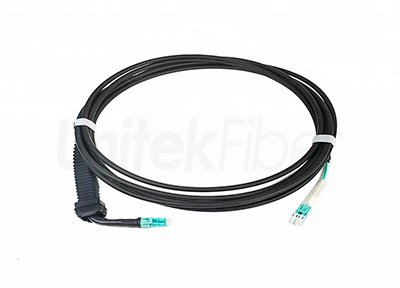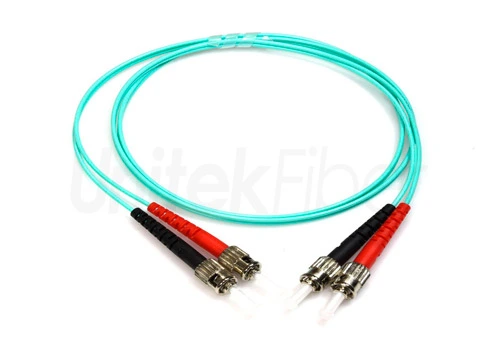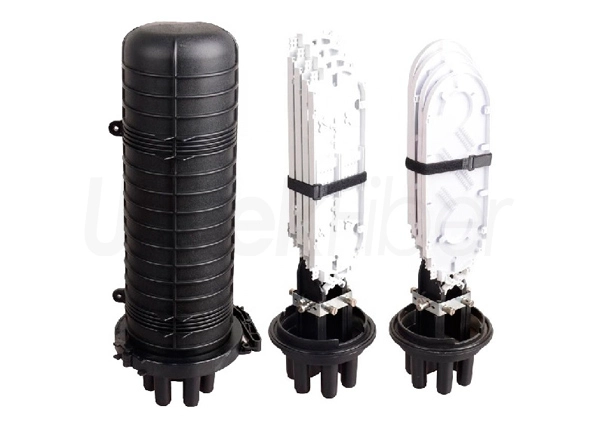
In the ever-evolving landscape of high-speed data networking, the 400G technology has emerged as a crucial player. Two variants, 400G SR4 transceiver and 400G SR8 transceiver, are making waves. Let's dig deeper into what each of them is and how they differ.
The 400G SR4 fiber transceiver is a significant advancement in optical transceiver technology. It is designed to handle a data rate of 400 gigabits per second. This is achieved by using a parallel optical interface with four lanes. Each lane in 400G SR4 transceiver module operates at around 100Gbps. It is optimized for use with multimode fiber, commonly OM3 or OM4. OM3 fiber can support data transmission over relatively shorter distances, typically up to around 70 meters. OM4 fiber, on the other hand, extends the reach to about 100 - 150 meters. The 400G SR4 optical transceiver is widely used in data center applications, especially for interconnecting top-of-rack switches with servers. It strikes a good balance between data rate and fiber utilization, making it a popular choice for intra-data center connections where high bandwidth and moderate reach are required.
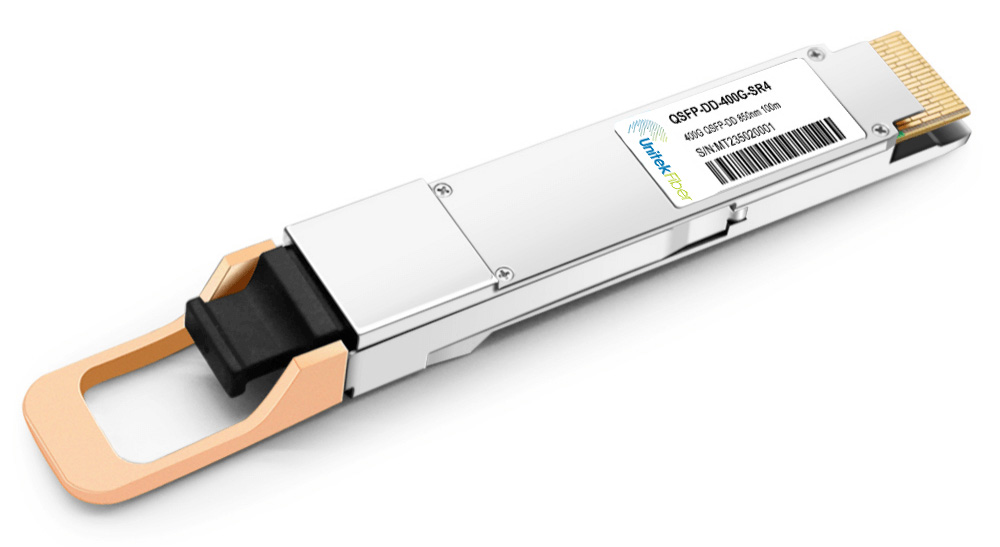
The 400G SR8 transceiver module is another 400G solution. It utilizes an eight-lane parallel optical interface to achieve the 400G data rate. With eight lanes, each lane operates at approximately 50Gbps. Similar to 400G SR4 transceiver, it also works with multi-mode fiber. However, due to the eight lanes, it often requires a cable with a higher fiber count. The 400G SR8 fiber transceiver is suitable for scenarios where a larger number of connections or a different fiber infrastructure is available. It can be used in high-density data center interconnects or in cases where the specific network topology and distance requirements align with its capabilities. For example, in some data centers with complex internal architectures and a need for multiple parallel data paths, the 400G SR8 transceiver can offer a viable solution.
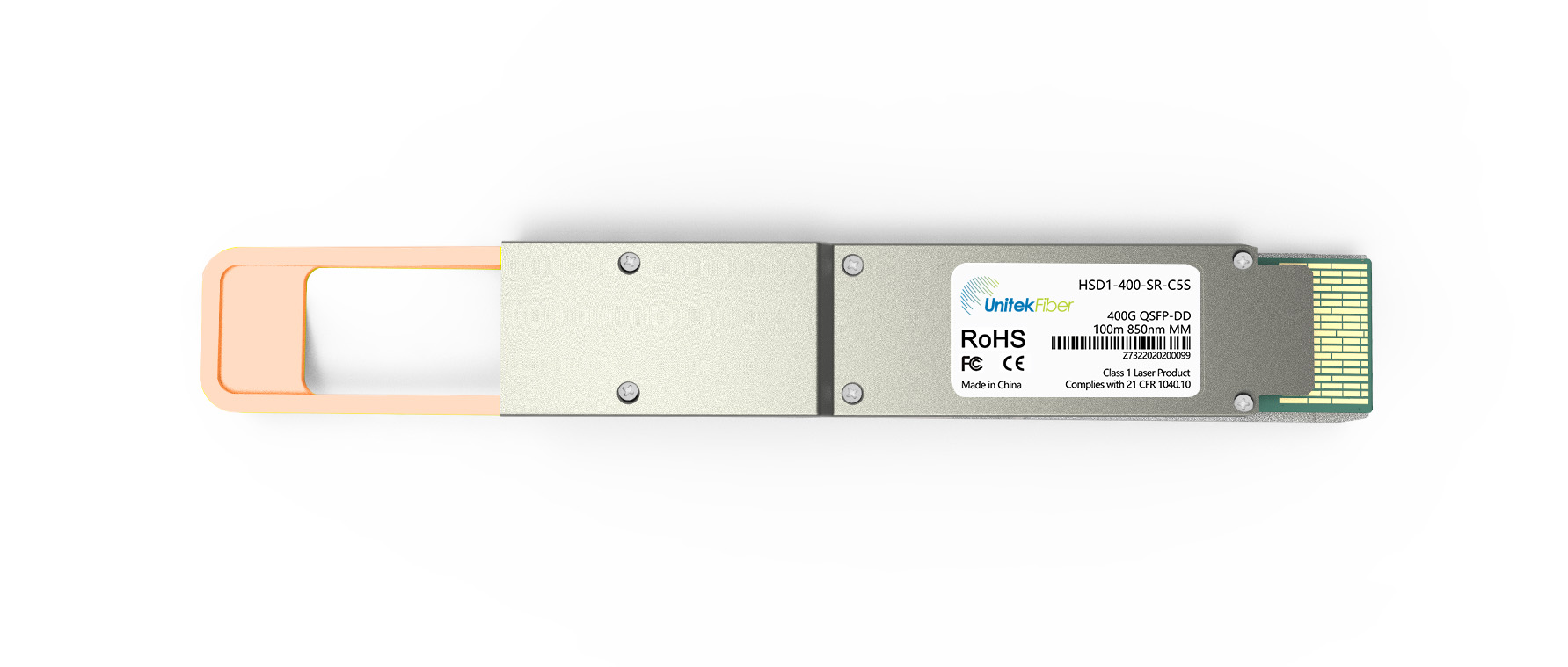
Optical Interface and Fiber Requirements
The 400G SR4 fiber optical transceiver has a four-lane interface and is commonly used with OM3/OM4 multimode fiber with a relatively lower fiber count cable. The 400G SR8 transceiver, with its eight lanes, demands a cable with a higher fiber count and also utilizes multi-mode fiber but may have different performance characteristics in terms of cable length and signal integrity due to the increased lane complexity.
Data Rate and Lane Configuration
As mentioned earlier, 400G SR4 transceiver module distributes the 400G data across four lanes of 100Gbps each, while 400G SR8 optic transceiver divides it among eight lanes of 50Gbps each. This difference in lane configuration can impact the overall system design and the way data is processed and transmitted.
Power Consumption and Heat Dissipation
Generally, 400G SR8 optical transceiver, with its more complex eight-lane circuitry, tends to consume more power compared to 400G SR4. Higher power consumption also means that more attention needs to be paid to heat dissipation. The networking equipment using 400G SR8 fiber transceiver may require more advanced cooling mechanisms to ensure proper operation and prevent overheating.
Application Scenarios
400G SR4 transceiver module is ideal for shorter reach intra-data center connections where a balance between data rate and fiber usage is key. 400G SR8 fiber module is more suitable for applications that demand a higher number of connections or where the network architecture and fiber infrastructure can support its eight-lane configuration, such as in some high-density data center interconnect setups.
Both 400G SR4 fiber transceiver and 400G SR8 fiber transceiver have their own merits and are designed to address different aspects of high-speed data networking. Understanding their characteristics and differences is essential for network engineers and data center operators to make informed decisions and build efficient and reliable data networks. UnitekFiber as a professional transceiver module manufacture, we offer a comprehensive of fiber transceiver, please kindly contact our sales@unitekfiber.com for more detail.

